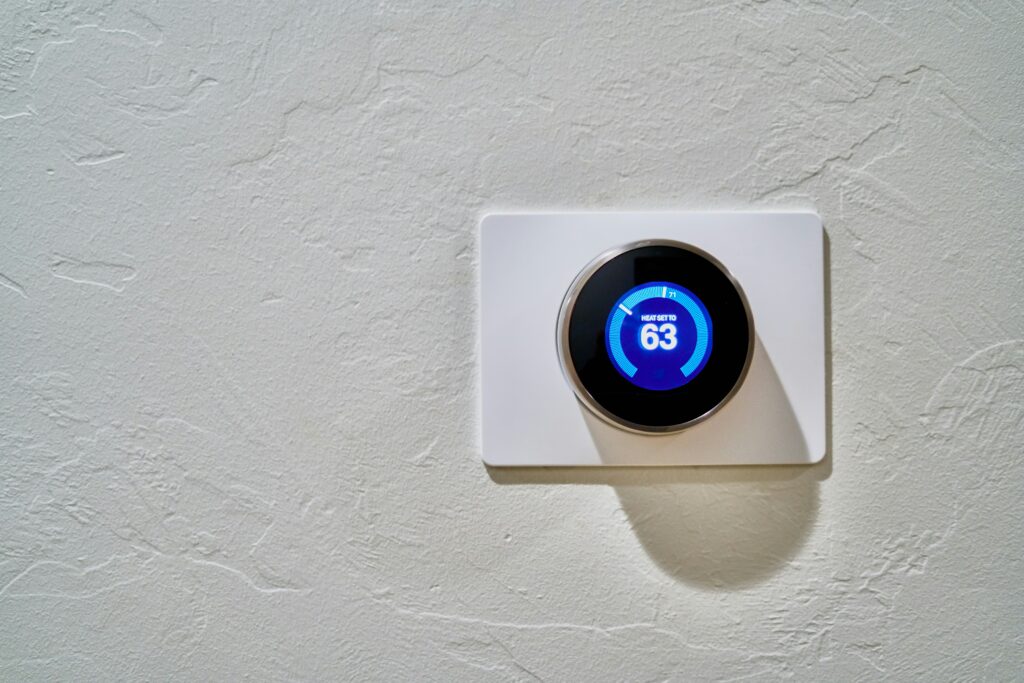Smart thermostat benefits include giving homeowners the ability to control heating and cooling systems remotely, optimize energy usage, and potentially reduce utility bills. Installing a smart thermostat involves several considerations and steps to ensure maximum efficiency and compatibility with your home’s HVAC system.
Benefits of Smart Thermostats
- Remote Access: Control your home’s temperature from anywhere using a smartphone app or voice commands (with compatible smart assistants).
- Energy Savings: Smart thermostats can learn your heating and cooling preferences, adjust settings based on occupancy, and provide energy usage reports to help you optimize efficiency.
- Convenience: Set schedules for heating and cooling based on your daily routines, and some models offer geofencing capabilities to adjust settings when you leave or return home.
- Compatibility with Smart Home Systems: Integrate with other smart home devices for enhanced automation and energy management.

Compatibility Considerations
- HVAC System Compatibility: Check if your HVAC system is compatible with the smart thermostat you are considering. Most smart thermostats support conventional HVAC systems (heating and cooling).
- Wiring Compatibility: Understand the wiring requirements of the smart thermostat. Some models require a C-wire (common wire) for power, while others can operate without it using alternative power methods.
- Compatibility with Smart Home Platforms: Ensure the smart thermostat integrates with your existing smart home ecosystem, such as Amazon Alexa, Google Assistant, Apple HomeKit, or others.
Optimizing Energy Efficiency
- Use Energy-Saving Features: Take advantage of energy-saving modes and features offered by your smart thermostat, such as adaptive learning algorithms and energy usage reports.
- Regular Monitoring: Monitor your energy usage through the thermostat’s app and adjust efficiency over time.
- Seasonal Adjustments: Adjust settings seasonally to maximize comfort and energy savings, such as lowering temperatures during winter nights and raising them in summer.
Installing a smart thermostat offers numerous smart thermostat benefits, including significant energy savings and enhanced comfort through efficient heating and cooling management. By following these steps and considerations, you can successfully integrate a smart thermostat into your home, reducing energy consumption while maintaining optimal comfort levels.
If you need a thermostat upgrade in your home, contact your HVAC contractor and let them know you are considering having a smart thermostat installed in your home.
